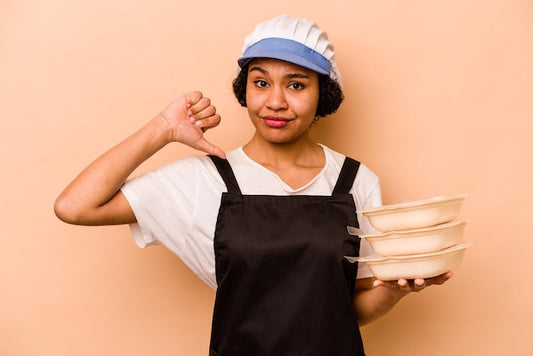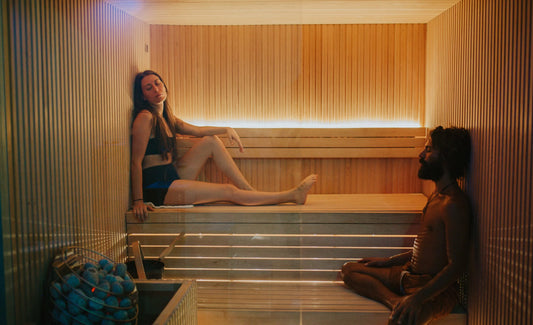
Attending an art class can be an exciting and fulfilling experience, whether you're a seasoned artist or just starting out. However, one aspect that often gets overlooked is what to wear. The right clothing can enhance your creativity and keep you comfortable while you work. In this article, we’ll explore the various factors to consider when choosing your outfit for art class, including materials, styles, and practical tips to ensure you're prepared for a fun and productive session.
Understanding the Environment
Before diving into wardrobe choices, it's essential to understand the environment of your art class. Classes can vary significantly, from casual community workshops to more structured university courses. Here are some considerations:
Class Type
- Casual Workshops: These often have a laid-back atmosphere where comfort is key.
- Formal Classes: Expect more structure and possibly critique sessions, where a slightly polished look may be preferred.
- Outdoor Classes: If your class takes place outdoors, be prepared for weather changes and the possibility of getting dirty.
Materials Used
Different mediums (paint, clay, charcoal) can affect what you choose to wear. Some materials can be messy and may stain, while others are less likely to cause issues.
Fabric Choices
The fabric you choose can greatly influence your comfort and ease of movement during class. Here are some ideal fabric options:
Cotton
Cotton is breathable, soft, and easy to clean, making it an excellent choice for art classes. It absorbs moisture well, so you won’t feel uncomfortable if you sweat while concentrating on your artwork.
Denim
Denim is durable and resistant to wear and tear, which is perfect for a hands-on environment. However, it can be less breathable, so consider lighter weights or blends for warmer weather.
Synthetic Blends
Fabrics like polyester and spandex are often stretchy and moisture-wicking, making them suitable for activities that require movement. They are also usually more stain-resistant.
Avoiding Stains
If you’re working with paints or other potentially staining materials, consider wearing older clothes or those you don’t mind getting dirty. You might also invest in a good apron or smock to protect your clothing.
Practical Outfit Ideas
Now that you know what materials to consider, let’s explore some practical outfit ideas for different types of art classes.
Casual and Comfortable
For a relaxed, casual class, comfort is your priority.
- Tops: Loose-fitting t-shirts or tank tops are ideal. Look for materials that allow for breathability and movement.
- Bottoms: Opt for comfortable leggings, joggers, or even loose jeans. They should allow you to sit cross-legged if needed.
- Footwear: Choose closed-toe shoes that you can easily clean. Sneakers are a great choice for comfort and support.
Stylish Yet Functional
If you want to maintain a sense of style while being practical, consider this outfit combination.
- Tops: A stylish, oversized button-up shirt can look great while providing ample coverage. You can tie it at the waist for a trendy touch.
- Bottoms: High-waisted wide-leg pants offer a fashionable look while allowing for freedom of movement.
- Footwear: Ankle boots or trendy slip-ons can elevate your outfit while still being practical.
Professional and Polished
For more formal classes, or if you're expecting critique sessions, a polished look can be beneficial.
- Tops: A fitted blouse or a tailored t-shirt can look sharp. Choose fabrics that resist wrinkles.
- Bottoms: Tailored trousers or a midi skirt can give a sophisticated look while being comfortable.
- Footwear: Loafers or clean, minimalistic sneakers can provide a chic touch without sacrificing comfort.
Layering for Versatility
Art classes can vary in temperature, and you may find yourself in a room that’s too hot or too cold. Layering can help you adjust to these changes throughout your class.
Light Sweaters or Cardigans
A lightweight sweater or cardigan can be easily removed if you get warm, but it’ll keep you cozy when the temperature drops.
Scarves
A scarf not only adds a layer of warmth but can also serve as an artistic accessory. Choose a scarf with an interesting pattern to showcase your personality.

Accessories to Consider
While clothing is essential, the right accessories can enhance your overall experience in art class.
Aprons and Smocks
Investing in a good quality apron or smock can protect your clothing from messes. Look for one with pockets to keep essential tools handy.
Jewelry
Keep jewelry minimal, especially if you’re working with clay or paint. Simple stud earrings and a watch can be stylish without getting in the way.
Hair Accessories
If you have long hair, consider tying it back to keep it out of your face while you work. A simple hair tie or a stylish headband can be both functional and fashionable.
Footwear Considerations
Comfortable footwear is vital, as you may be standing for long periods or moving around the studio.
Sneakers
A good pair of sneakers provides support and comfort, ideal for walking around or standing.
Rubber Shoes
If you're working with particularly messy materials, consider rubber shoes or clogs that can be easily washed off.
Boots
Ankle or mid-calf boots can be stylish and functional, especially in cooler weather. Just ensure they’re comfortable for extended wear.
Preparing for Mess
Art can be messy, so preparation is key. Here are some tips to help you tackle any mess head-on.
Old Clothes
Don’t hesitate to wear clothes you don’t mind ruining. Old t-shirts or pants that have seen better days can be perfect for art class.
Stain Removers
If you do end up getting something on your clothing, having a portable stain remover pen can save the day. Treat stains as soon as possible for the best results.
Conclusion
Choosing the right outfit for art class is more than just a matter of style—it's about comfort, practicality, and expressing your artistic identity. Consider the type of class, the materials you'll be using, and your personal style preferences. By opting for breathable fabrics, functional accessories, and comfortable footwear, you can focus on unleashing your creativity without distractions. Whether you’re mixing paint, molding clay, or sketching your next masterpiece, dressing thoughtfully will enhance your experience and allow you to fully immerse yourself in the artistic process. So go ahead, choose your outfit wisely, and let your creativity shine!


